When Marty McFly was sent 30 years into the future in “Back to the Future Part II,” he arrived in a time when where there were hover-boards zipping around, people wore self-lacing shoes and flying cars were the norm. The date was Oct. 21, 2015. Now that we’re already in 2017, there is none of those gadgets, of course.
Instead, we’re being bombarded with driverless car, taxi and whatnot. Screw the driverless technology which is getting nowhere after years of research and testing. If I’m going to get killed by a driverless vehicle due to bugs, I prefer to be killed when a flying-taxi goes haywire. At least, the experience is much more awesome in a flying-taxi than a driverless- taxi.
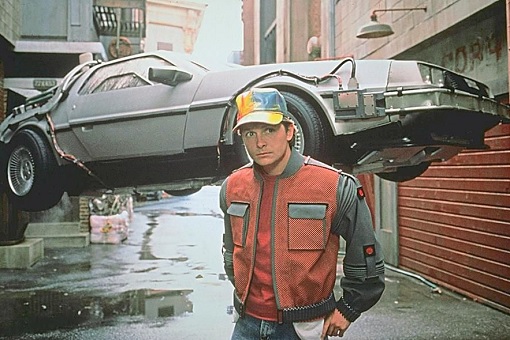
Singapore and Dubai are two of many smart cities in the world trying to be the first to implement flying-taxi. Yes, the concept of driverless-taxi is so boring and yesterday that both cities are now competing with each other to the finishing line – by 2030. A week after Dubai announced about the project, Singapore is now singing the same song.
Dubai’s Road and Transport Authority (RTA) has announced that “Ehang 184”, an electrically powered driverless drones made by Chinese company Ehang are set to start picking up passengers in July this year. The one-seater passenger drones have already been seen hovering above the sand dunes near the city’s airfield during test flights.
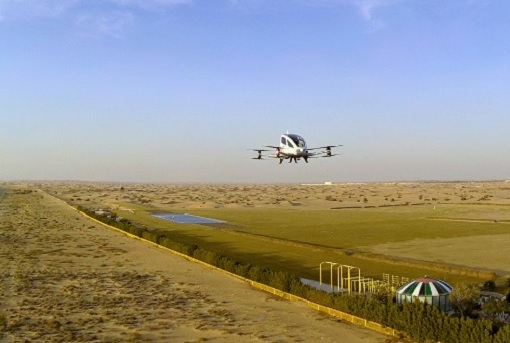
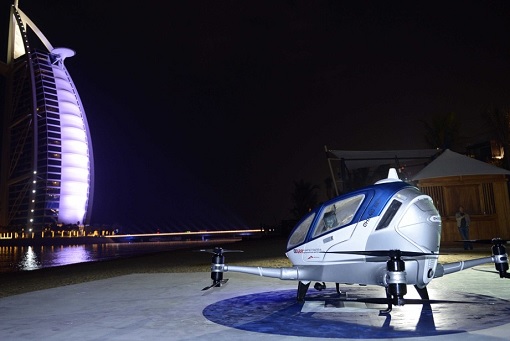
However, the exact details of the project’s logistics are yet to be revealed. Dubai’s RTA says the concept of flying-taxi, part of self-driving vehicles strategy in the city, would account for a quarter (25%) of journeys made in Dubai, by 2030. But before that, Dubai has to convince its first guinea-pig customer to take a trip, which will not be more than 30-minute due to battery limitation.
Not wanting to be left out, Singapore’s Ministry of Transport told about 400 participants at a forum yesterday that flying-taxi in the small island is not a matter of “if but when”. In fact, Permanent Secretary Pang Kin Keong says that Singaporeans can “bet your money” on having the new mode of transport (flying-taxi) by 2030.
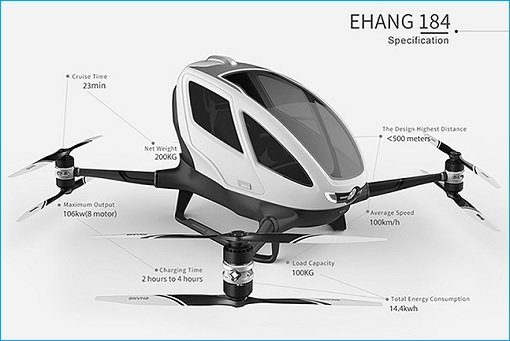
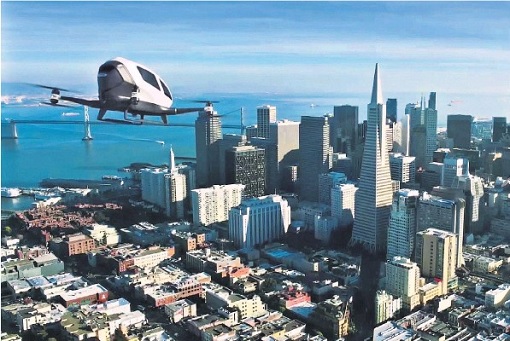
Mr. Pang explained that there will be a rich and growing range of urban-mobility means and one of the options is the convergence of land and air mobility. He said that in another 13 years, it may be possible for people in Singapore to ride in a driverless pod to work, cycle to the gym after work, and then take an aerial taxi home.
Singaporeans can expect one or a combination of three flying-taxi solutions for the island, as showcased by Mr. Phang to the audience – the Hoversurf Scorpion by a Russian start-up, the Volocopter VC200 from German company e-volo and of course, the Ehang 184 autonomous aerial vehicle from China.
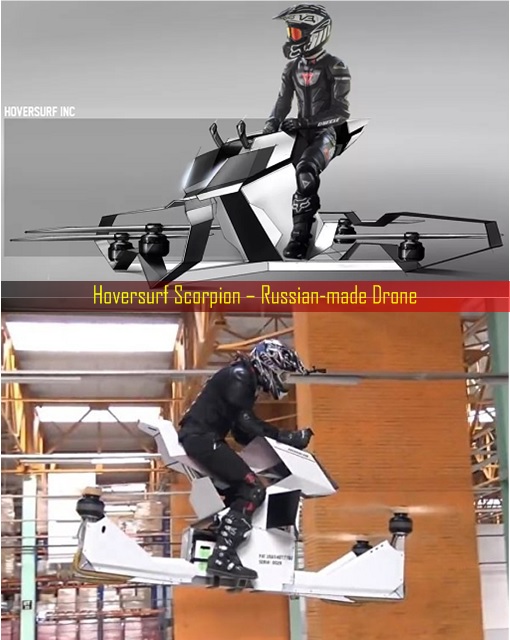
In order to eliminate the problem of empty spaces on buses, Mr. Pang told the audience that Singapore is also looking at on-demand public bus services for areas with low-ridership. Unlike Dubai, the Singapore’s Ministry of Transport did not reveal further details when the island will start putting human on flying drones for real life testing.
If Singapore decides to use Chinese-made Ehang 184, the same way Dubai is testing now, the island which is crowded with high-rise buildings will need to answer the issues of busy airspaces and the safety of the flying drones. With a 30-minute maximum battery time, it won’t take you very far.
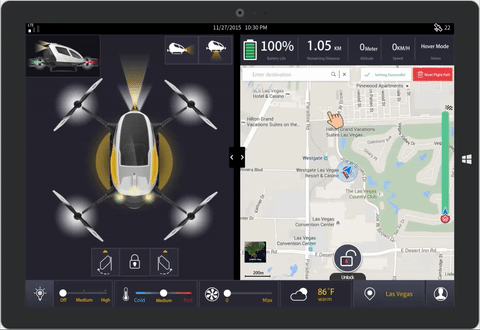
Cruising at around 100 kilometres per hour, the routes of Ehang 184 will be programmed by a ground control centre through an encrypted 4G network which will monitor the flight. To call for a flying taxi a passenger need to enter their destination into an app. The drone will then map the route and transports the passenger to their destination.
It can’t fly directly but has to hop from one set landing spot to another. What happens if ground control suddenly loses the connection to the drone? The Chinese manufacturer claims in the event of any problems the drone will immediately land at the nearest safe spot. That’s provided the drone has enough battery juice to reach the spot.
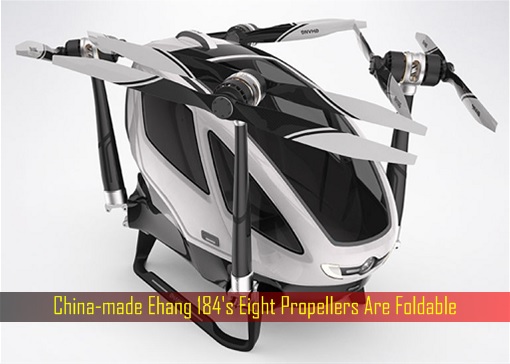
Ehang 184 is powered by eight propellers, which can fold inwards as it lands so it can fit in a single car parking space. The cockpit is empty, apart from a stand to place a smartphone or tablet and a cup holder, so unlike scenes in Hollywood films, one cannot take over the drone in an emergency attempt to land it safely.
Other Articles That May Interest You …
- Meet SEA First Self-Made Woman Billionaire – Queen Of “Bikini” VietJet
- Meet World’s Biggest Hotel “Abraj Kudai” – 10,000 Rooms, 12 Towers, 4 Helipads
- Meet Singapore New Richest Man, Who Never Went To School
- Meet Land Wind, China’s Clone Copy Of UK’s Range Rover Evoque
- Meet Billionaire Stephen Hung, Who Just Ordered 30 Rolls-Royces For Louis VIII
- Move Over Rolls-Royce, Here’s “Gold” Range Rover As Invasion Of Arab SuperCars Starts
- Here’re 8 Exotic Dubai Police Force’s Fleet of Supercars
- Dubai’s Mall Of The World – Largest Shopping Mall On Planet Earth Launched (Photo)
- The Biggest & Luxurious Private Jet – $500 Million Airbus

|
|
March 24th, 2017 by financetwitter
|


|

|

|

|

|

|




























Comments
Add your comment now.
Leave a Reply